Cheat Sheet: Vedic Period | History for UPSC CSE PDF Download
Introduction
The Vedic Age, spanning from 1500 to 600 BCE, is a crucial period in Indian history following the decline of the Indus Valley Civilization. Reconstruction of this era relies on Vedic texts and archaeological findings. This chronology explores various aspects, including the origin, geography, political structure, society, economy, religion, and Vedic literature.
Origin of Vedic Age

Vedic Literature
Shruti

Smriti

Rig Veda
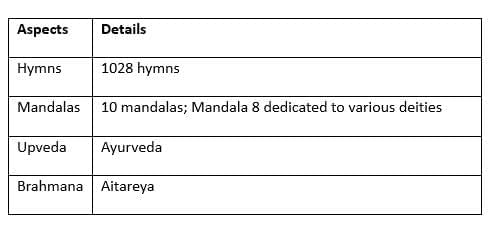
Sam Veda

Yajurveda
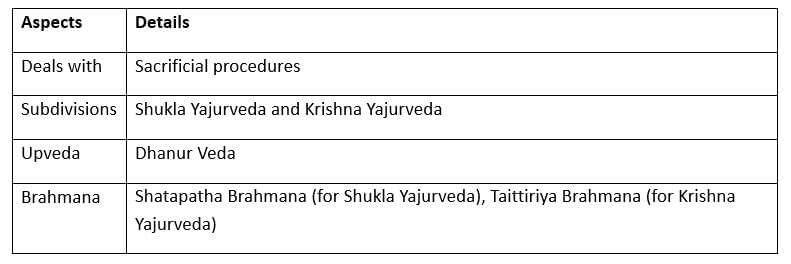
Atharva Veda

Upanishads
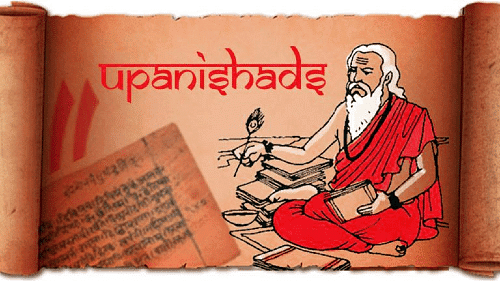

Puranas

Dharmashastra

Early Vedic Period
Geography
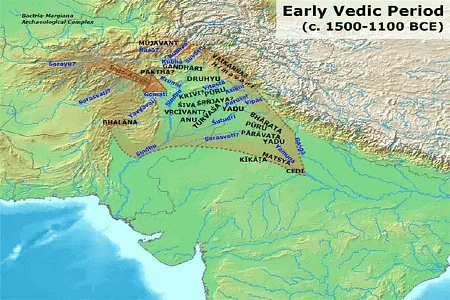

Administration

Economy

Social Life
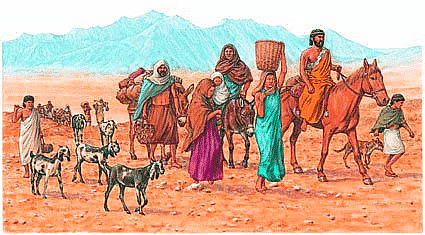

Religion

Conclusion
The Vedic Age, crucial for understanding India's historical roots, unfolds through its literature, governance, economy, and societal norms. From the nomadic early phase to the settled later era, the Vedic period marked transitions in various facets of life, leaving a profound impact on Indian civilization.
|
210 videos|855 docs|219 tests
|
FAQs on Cheat Sheet: Vedic Period - History for UPSC CSE
| 1. What is the Vedic period in Indian history? |  |
| 2. What are the Vedas and their significance in the Vedic period? |  |
| 3. How did the caste system evolve during the Vedic period? |  |
| 4. What were the main religious rituals and practices during the Vedic period? |  |
| 5. How did the Vedic period contribute to the development of early Hinduism? |  |

















